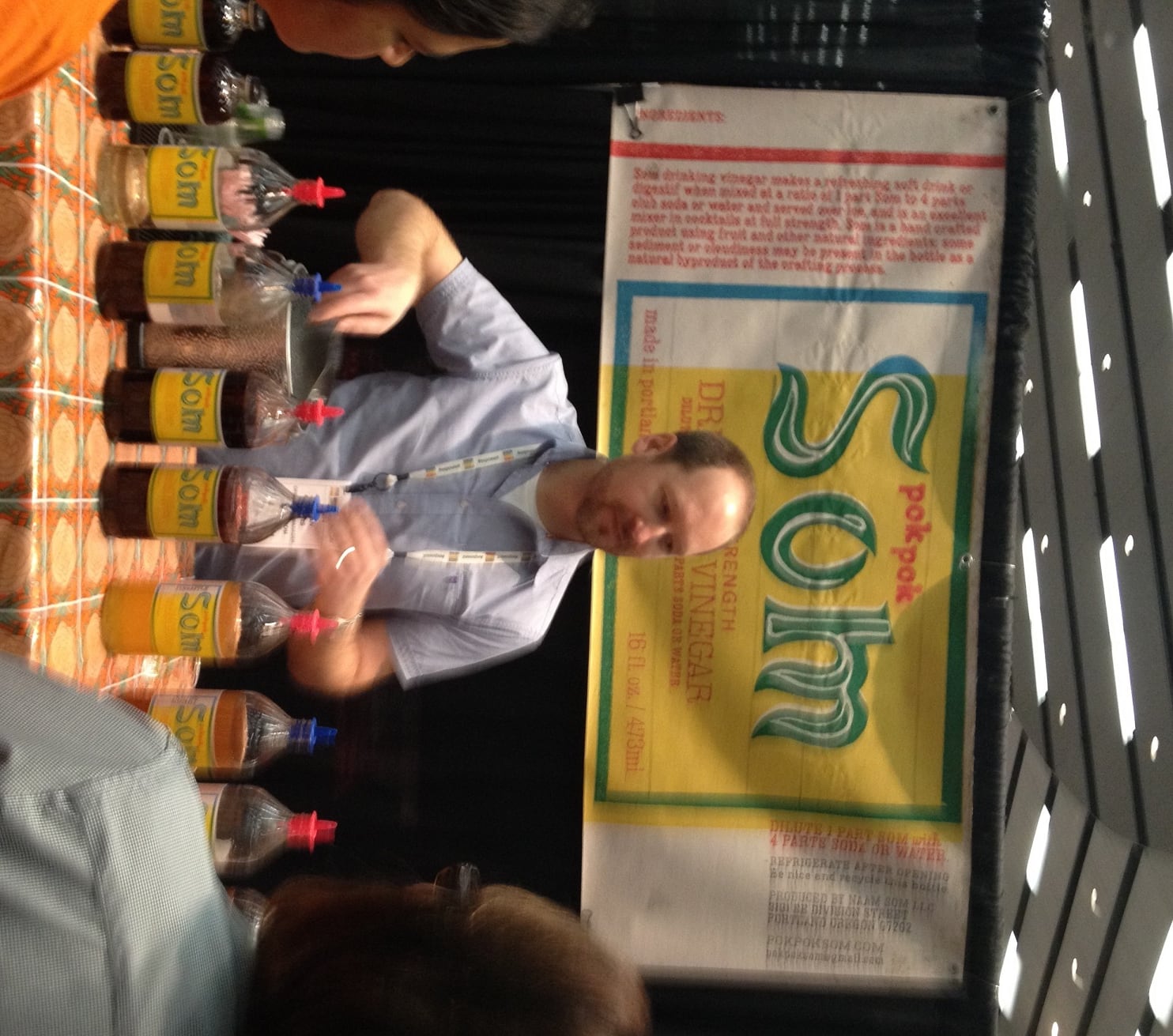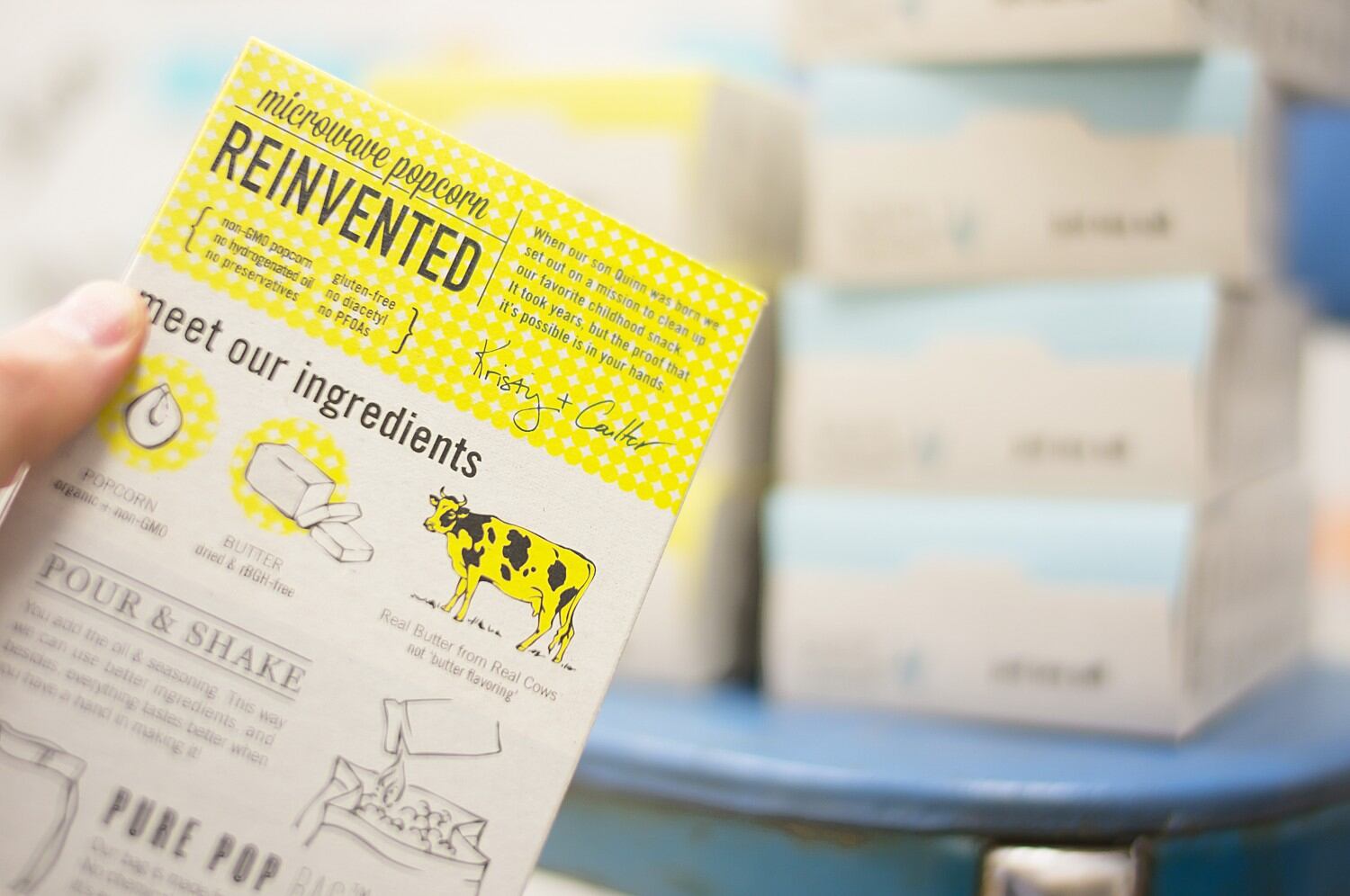“This shift we’re seeing is not a trend, it’s not a fad. It really is a societal shift toward people moving to healthier products, whether that’s food, supplements or other consumables,” said Carlotta Mast, senior director of content and insights and trend researcher at New Hope Natural Media. She was speaking to attendees of Expo West 2014 on Saturday.
So how can natural, organic and functional product manufacturers capitalize this increasingly lucrative slice of the US F&B market? By understanding three key macro forces—ancient wisdom, transcendent transparency and value shopping—behind this market’s growth, Mast said, citing data from New Hope’s NEXT Forecast report.
‘Ancient’ is new again
“There has been a consumer awakening to the lack of control with our food supply and the idea that food is medicine and can have huge impact on health and wellness,” Mast said. “People are starting to want to revert back to simple nutrition, to eating whole foods rather than the food-like substances the industry supplied over recent years.”

The ancient wisdom macro force can be seen through exploding interest in both ancient ingredients (chia, quinoa, fermented foods, etc.) and “ancient” concepts, such as paleo and grain-free diets, which Mast said were big trends at the show. “We’ve seen at least 15 manufacturers making paleo and grain-free claims,” which she added is a big step up even from Expo East in September.
Most importantly, what all these products have in common is simplified ingredient lists focusing on whole foods. “If you’re a manufacturer, perhaps you should be spending more time today thinking about how to simplify products, and make them cleaner and based on whole foods to find opportunities for tomorrow.”
Tell me everything
“We live in a world where bad news goes viral within hours, where class-action lawyers are always looking for reasons to sue you, where consumers have with their phones the ability to find out exactly what’s in your product and how you rate compared to other companies,” Mast said.
In other words, since nothing can be hidden, it’s better to have nothing to hide. For manufacturers, that means embracing transparency throughout their business—from sourcing to manufacturing and even marketing, she said.
Citing such examples as farm-to-fork packaged food manufacturer One Degree Organic and “clean” microwave popcorn manufacturer Quinn Popcorn, Mast outlined how some companies have taken transparency to the next level. Some work with a small handful of organic and veganic (free of animal inputs) suppliers and use videos on their website to introduce consumers to these producers. Others use front-of-pack QR codes to trace every ingredient that goes into producing their products, down to the salt.
Moreover, if the slew of companies with USDA Organic, Fairtrade International and Non-GMO Project (or non-GMO status pending) seals at this year’s Expo West was any indication, product certifications are an increasingly important way to convey transparency and trust to the consumer. Mast attributed this in part to the scramble to get verified in time for Whole Foods’ new labeling changes, which go into effect in 2018.

Value moves beyond price
It’s no secret that the economic downturn of 2008-2009 forced a widespread return to price-conscious and deal-driven shopping for many consumers. But as the economy has improved and other macro forces have taken hold, new complexities besides price are now affecting buying decisions.
For some consumers, goodwill is just as important—if not more so—than price. Kuli Kuli, a mission-based snack bar manufacturer founded by a former Peace Corps volunteer in Niger, forms women-owned cooperatives in West Africa to grow the moringa used in its bars; organic juice manufacturer Sambazon supports ethical ingredient sourcing in the Amazon to preserve its biodiversity; and soap maker Dr Bronner’s is one of biggest (and most vocal) supporters of GMO labeling, going so far as to print pro-labeling messages on pack.
Convenience is another value that can trump price—whether that means using byproducts of or can act as a whole food replacement for dietary supplements. Wild California: grain and fruit crisp. Source all ingredients from CA. key ingredient is grape skin flour, byproduct of winemaking that is inherently nutritious.
And one of the fastest-growing US beverage brands, Suja Juices, sells its organic RTD juices for $9 a bottle. But “it’s high quality, connected to that whole food nutrition and traceability promise and very convenient, especially if you don’t have multivitamins at home,” Mast said.
